Why Clay Is Tennis's Toughest Surface: A Roland Garros Perspective
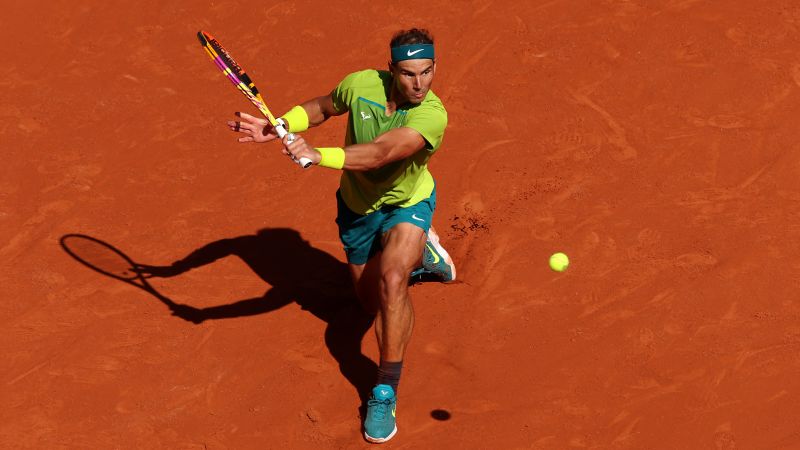
Welcome to your ultimate source for breaking news, trending updates, and in-depth stories from around the world. Whether it's politics, technology, entertainment, sports, or lifestyle, we bring you real-time updates that keep you informed and ahead of the curve.
Our team works tirelessly to ensure you never miss a moment. From the latest developments in global events to the most talked-about topics on social media, our news platform is designed to deliver accurate and timely information, all in one place.
Stay in the know and join thousands of readers who trust us for reliable, up-to-date content. Explore our expertly curated articles and dive deeper into the stories that matter to you. Visit Best Website now and be part of the conversation. Don't miss out on the headlines that shape our world!
Table of Contents
Why Clay is Tennis's Toughest Surface: A Roland Garros Perspective
Roland Garros, the French Open, stands as a unique challenge in the tennis world, not just for its Parisian charm but primarily for its unforgiving clay courts. While grass and hard courts present their own difficulties, clay demands a distinct skillset, mental fortitude, and physical endurance, making it arguably the toughest surface in professional tennis. This article delves into the reasons why clay reigns supreme as the most demanding test for even the most seasoned players.
The Unique Demands of Clay
Unlike the faster surfaces of grass and hard courts, clay's slow, heavy nature dramatically alters the game. Points extend longer, requiring players to maintain peak physical condition throughout extended rallies. This isn't just about running; it's about the constant, low-impact strain on muscles, joints, and tendons. Players must be prepared for a grueling test of stamina, often exceeding three hours per match. This explains why physical preparation is paramount for Roland Garros success, unlike shorter, more explosive matches on other surfaces.
Here's a breakdown of clay's unique challenges:
- Increased Ball Bounce and Trajectory: The high bounce of the clay ball necessitates a higher, more arcing stroke, demanding greater precision and control. Flat shots are less effective, requiring players to master topspin to keep the ball in play.
- Court Coverage and Movement: The slow pace and heavier ball means more time is spent covering the court, demanding agility, footwork finesse, and exceptional endurance. Sliding, a crucial technique on clay, adds another layer of physical and technical complexity.
- Mental Fortitude: Extended rallies and the physical demands of clay require immense mental resilience. Players must maintain focus and concentration over prolonged periods, battling fatigue and maintaining strategic composure. A single lapse in concentration can cost a crucial point.
- Strategic Adjustments: Clay court specialists often utilize high-topspin forehands and drop shots to control the pace of the rally and dictate play. Adapting strategies and employing effective tactics become essential for success.
The Roland Garros Advantage: A Clay Court Crucible
Roland Garros, held annually in Paris, is synonymous with clay court tennis. The tournament's prestigious status further emphasizes the difficulty of conquering its challenging surface. Many consider winning a Roland Garros title the ultimate testament to a player's all-around ability, demonstrating their skill, stamina, and mental strength.
<br>
Beyond Physicality: The Mental Game
The mental aspects of clay court tennis are often overlooked. The length of rallies and the need for constant court coverage puts a significant strain on mental endurance. Players need to maintain their focus and concentration, even when fatigued, to execute their shots effectively. The psychological aspect is intensified by the knowledge that a single error could lead to a long rally and ultimately, a lost point.
The Legends of Clay: Rafa Nadal and Beyond
Rafael Nadal's dominance on clay is legendary. His unmatched topspin, strategic prowess, and unwavering mental strength have earned him a record 14 Roland Garros titles. His success highlights the specific skills and attributes required to triumph on this challenging surface. However, other legends like Bjorn Borg and Gustavo Kuerten also showcase the dedication and expertise demanded by clay court tennis.
Conclusion: Embracing the Challenge
While some may see clay as a barrier to entry, many see it as the purest test of tennis skill. The combination of physical demands, strategic depth, and mental fortitude necessary to succeed on clay makes it the most demanding surface in tennis, and a Roland Garros victory one of the most prestigious achievements in the sport. The tournament stands as a testament to the unique challenges and ultimate rewards of mastering the art of playing on clay.
Further Reading:
- [Link to an article about Rafael Nadal's Roland Garros record]
- [Link to an article about clay court techniques]
This article aims to provide helpful and informative content. Remember to always consult professional sources for advice on training and playing tennis.

Thank you for visiting our website, your trusted source for the latest updates and in-depth coverage on Why Clay Is Tennis's Toughest Surface: A Roland Garros Perspective. We're committed to keeping you informed with timely and accurate information to meet your curiosity and needs.
If you have any questions, suggestions, or feedback, we'd love to hear from you. Your insights are valuable to us and help us improve to serve you better. Feel free to reach out through our contact page.
Don't forget to bookmark our website and check back regularly for the latest headlines and trending topics. See you next time, and thank you for being part of our growing community!
Featured Posts
-
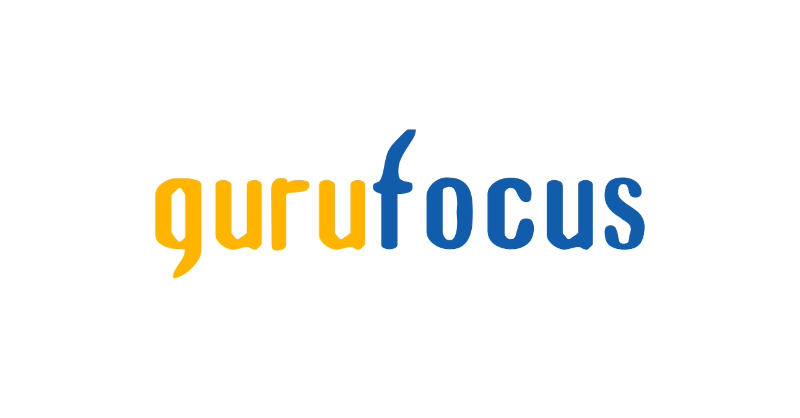 Robinhood Hood Stock Jumps 6 46 On June 3rd Market Reaction And Analysis
Jun 05, 2025
Robinhood Hood Stock Jumps 6 46 On June 3rd Market Reaction And Analysis
Jun 05, 2025 -
 Anti Aging Neck Cream Halle Berrys Choice At 58
Jun 05, 2025
Anti Aging Neck Cream Halle Berrys Choice At 58
Jun 05, 2025 -
 Jessie Js Cancer Battle Singer Reveals Early Breast Cancer Diagnosis
Jun 05, 2025
Jessie Js Cancer Battle Singer Reveals Early Breast Cancer Diagnosis
Jun 05, 2025 -
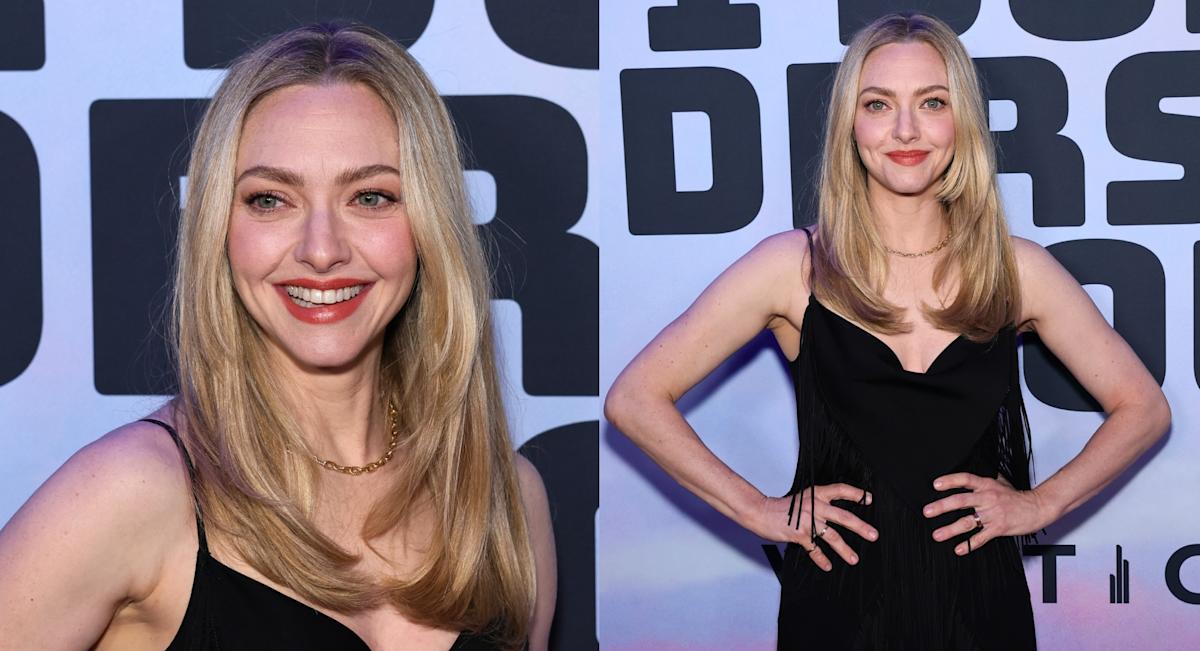 Amanda Seyfrieds Fringe Detail Dress A Look At Her I Dont Understand You Premiere Style
Jun 05, 2025
Amanda Seyfrieds Fringe Detail Dress A Look At Her I Dont Understand You Premiere Style
Jun 05, 2025 -
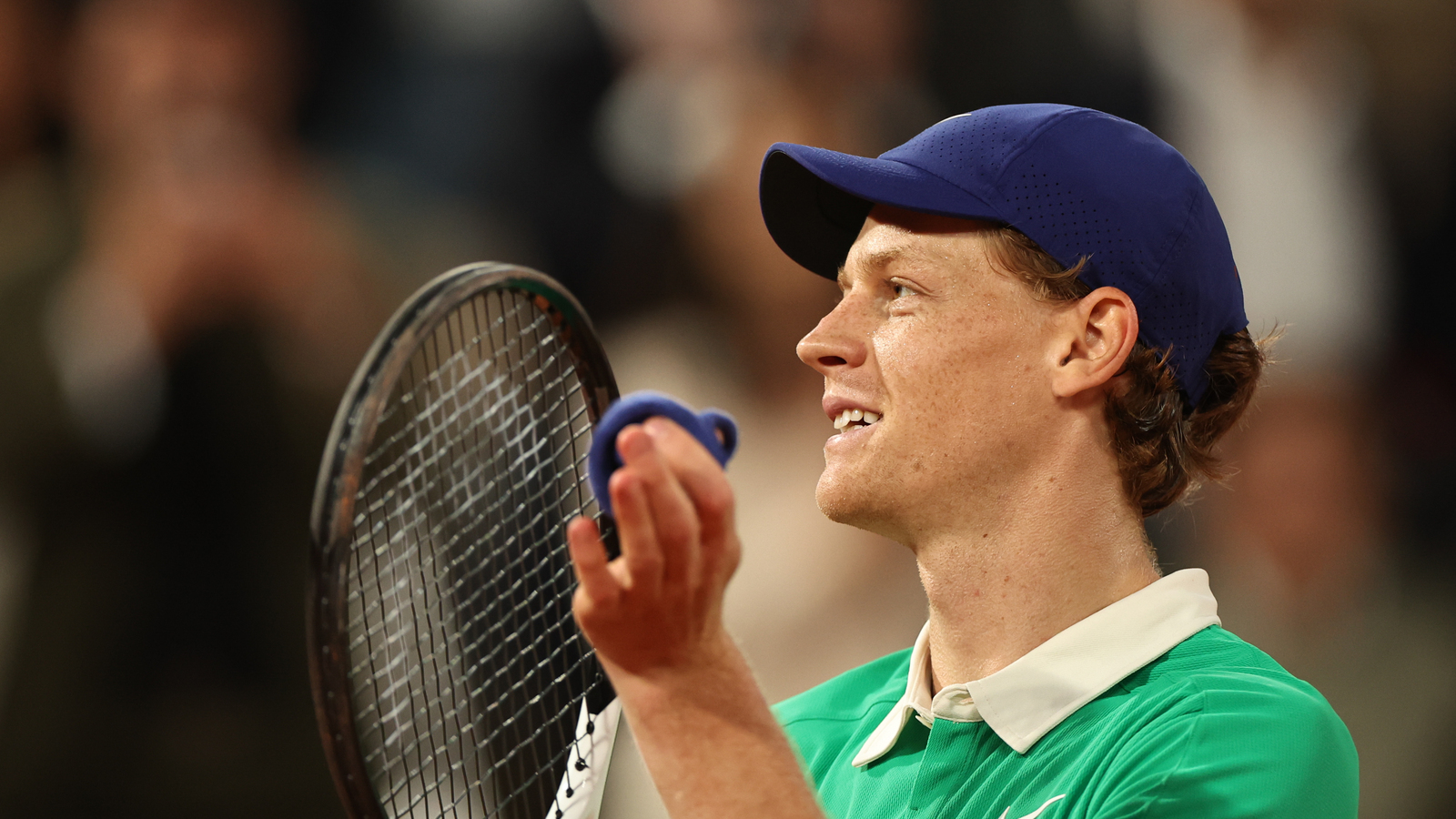 Roland Garros Showdown Looms Sinner Addresses Alcaraz Head To Head Deficit
Jun 05, 2025
Roland Garros Showdown Looms Sinner Addresses Alcaraz Head To Head Deficit
Jun 05, 2025
Latest Posts
-
 The Ukrainian Peoples Struggle For Peace And Sovereignty
Aug 17, 2025
The Ukrainian Peoples Struggle For Peace And Sovereignty
Aug 17, 2025 -
 Can Topshop Reclaim Its Place As A High Street Fashion Icon
Aug 17, 2025
Can Topshop Reclaim Its Place As A High Street Fashion Icon
Aug 17, 2025 -
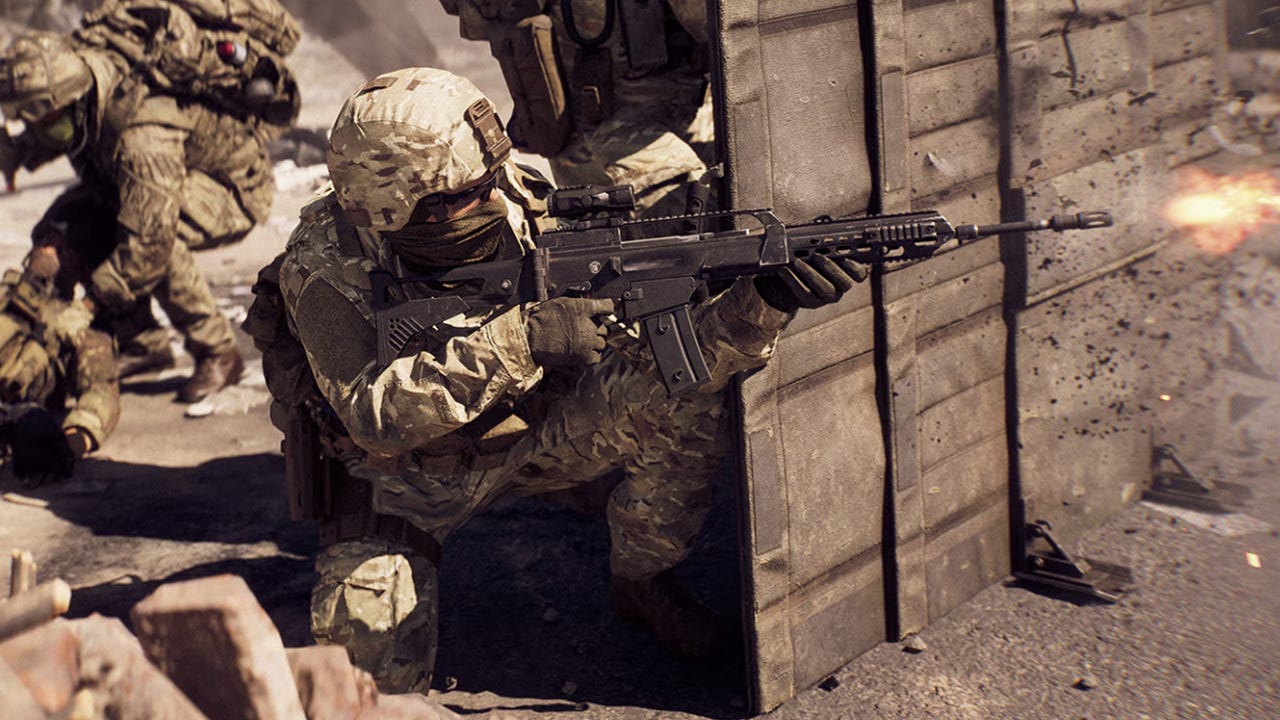 Battlefield 6 Beta Review A Deep Dive Into Multiplayer Gameplay
Aug 17, 2025
Battlefield 6 Beta Review A Deep Dive Into Multiplayer Gameplay
Aug 17, 2025 -
 Understanding The Trump Putin Alaska Summit Five Crucial Points
Aug 17, 2025
Understanding The Trump Putin Alaska Summit Five Crucial Points
Aug 17, 2025 -
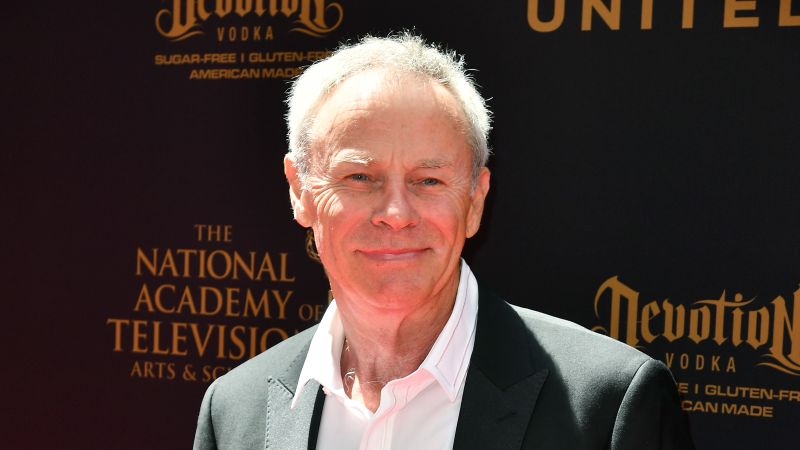 Tristan Rogers Dead At 79 Remembering Robert Scorpio Of General Hospital
Aug 17, 2025
Tristan Rogers Dead At 79 Remembering Robert Scorpio Of General Hospital
Aug 17, 2025
